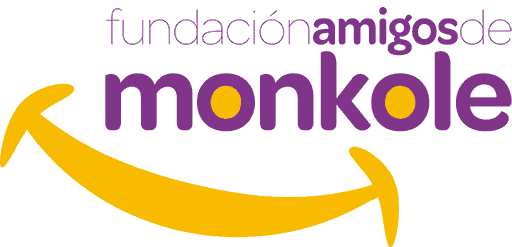[vc_row][vc_column][mk_page_title_box page_title=»Situation of the D. R. of the Congo» page_subtitle=»What is happening in the country?» font_color=»#aaaaaa»][/vc_column][/vc_row][vc_row][vc_column][vc_column_text css=».vc_custom_1601290682389{margin-bottom: 0px !important;}»]
The Democratic Republic of the Congo (DRC) is a country of the
equatorial region of Africa, which comprises a large part of the basin of
the Congo river with a length of 4,700 km, with a throughput that serves as a transportation and communication route between the different regions of the country and other neighbouring countries. With a surface area of 2.344.858 km2 (comparable to almost the whole of Western Europe), is the second largest country in Africa and borders with the central African Republic and South Sudan to the North, Uganda, Rwanda, Burundi, and Tanzania to the East, Zambia and Angola to the South, and the Republic of Congo to the West. From the
Amigos de Monkole Foundation, we want to show you first-hand the situation in the Democratic Republic of the Congo.
[/vc_column_text][/vc_column][/vc_row][vc_row][vc_column][mk_padding_divider][/vc_column][/vc_row][vc_row][vc_column][mk_swipe_slideshow images=»12094,12093,12092,12091″ image_width=»1160″ image_height=»600″ animation_speed=»612″ slideshow_speed=»3500″][/vc_column][/vc_row][vc_row][vc_column][mk_padding_divider size=»15″][/vc_column][/vc_row][vc_row][vc_column][vc_column_text margin_bottom=»15″ css=».vc_custom_1601291664235{margin-bottom: 0px !important;}»]
Political and social situation in the Democratic Republic of Congo
The country has been marked by war (currently, only in the East of the country) and a complicated history: after decades of a controversial colonial management (1908-1959), the country was governed for more than 30 years ago by Joseph-Désiré Mobutu, when the country was named Zaire.
It was subsequently governed for 15 years by Joseph Kabila, under the structure of a republic and within the framework of a constitution adopted in 2005. After a period of confusion, Felix Tshisekedi rose in 2019 and opened a period of democratic transition in the country.
The main religion is the Catholicism (50%), followed by protestantism (20%), muslin (10%) and kimbanguism (10%) and other local religions (10%). The official language is French which coexists with four other national languages: lingala, swahili, kikongo and tshiluba. In addition, we have up to 400 dialects that are spoken among the different tribes.
[/vc_column_text][vc_column_text css=».vc_custom_1601291384400{margin-bottom: 0px !important;}»]
The Democratic Republic of the Congo is a country extremely rich in natural resources, because on its territory you can find cobalt, copper, petroleum, zinc, diamonds, uranium and even coltan, a mineral essential for the manufacture of devices of mobile telephony. This wealth is not proportional to the level of development of the country nor to the economic capacity of its population; after being the last country according to the Human Development Index proposed by the United Nations in 2011 and 2013, in 2016, the DRC is ranked 176 of 188 at the global level.
A few facts:
The country has only 2,800 km of paved roads (2% of total roads), only 10% of their airports are paved, and the 4,000 km of rail network built in the colonial era is impaired and in disuse for decades due to the lack of maintenance. The number of landlines is equal to zero. Less than 8 years ago, the population has been able to have access to mobile telephony, and today almost 40% of the population has mobile phones. Thanks to the development of the telecommunications sector, the communications were also improved through the use of the internet, however, it is considered that only 2% of the population has access to the internet.
[/vc_column_text][/vc_column][/vc_row][vc_row][vc_column][mk_padding_divider size=»15″][/vc_column][/vc_row][vc_row][vc_column][mk_swipe_slideshow images=»12101,12100,11308,12099″ image_width=»1160″ image_height=»600″ slideshow_speed=»3500″][/vc_column][/vc_row][vc_row][vc_column][vc_column_text css=».vc_custom_1601291465673{margin-bottom: 0px !important;}»]
This level of development creates in its people a standard of living that is very precarious and at the most, miserable. Of the nearly 80 million inhabitants, 63% live in extreme poverty. Only 52% have access to drinking water and 11% have access to electricity.
Theirlife expectancy is 56 years(78 in Chile, 79 in the US and 82 in Spain, France and Italy) and 43% of the population is under 15 years old, being the average age of the population 18 years old. The annual population growth rate is 2.45%. This represents a value almost 3 times higher than countries like Spain or Chile or almost 6 times higher than France and Italy. The birth rate is 35 per 1,000 inhabitants, a value almost 4 times higher than that of Spain, France and Italy.
Economic situation in the Democratic Republic of Congo:
The country’s economy has been seriously affected after the colonial era (1960) for the different stages of war and corruption practices carried out after the stage of decolonization. Although the reforms undertaken by the government in the last decade reflects a slight improvement in the economic development of the country, the purchasing power of its population continues to be reduced.
The GDP per capita in 2017 is 474$ (54.400 USA, 40.500 France, 35.100 Italy and 33.800 Spain). Although currently the rate of inflation is stable, a little more than a decade, the values of annual inflation exceeded results of 23,000%.
[/vc_column_text][/vc_column][/vc_row]

